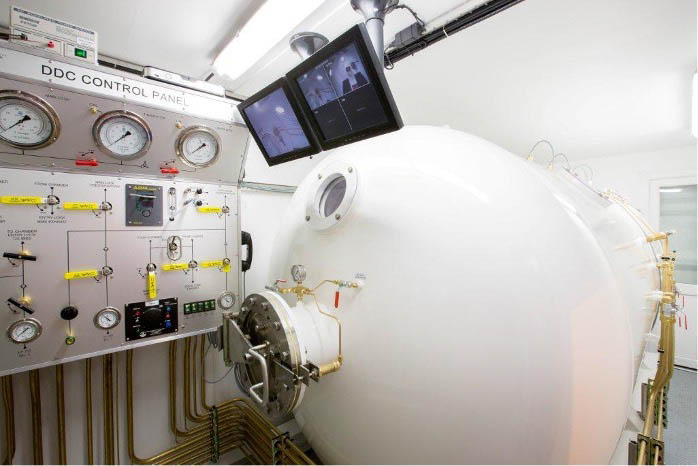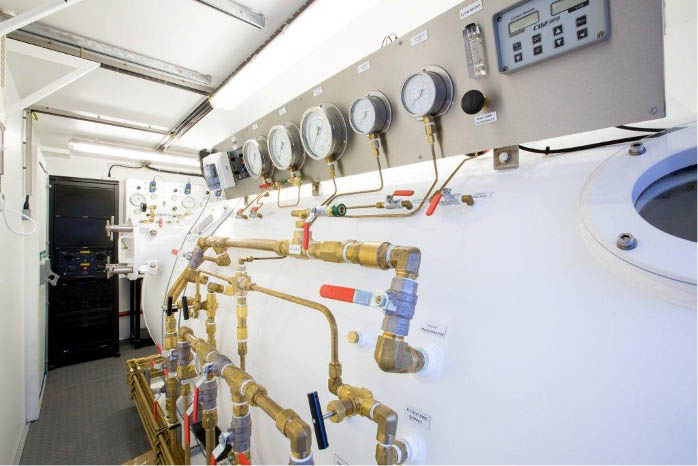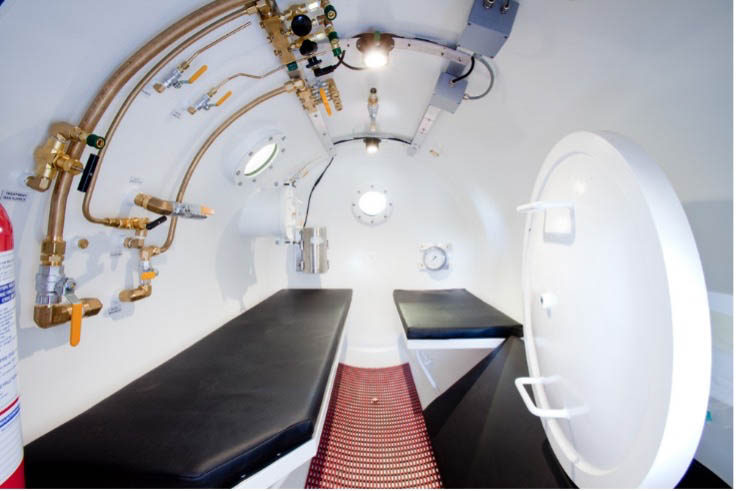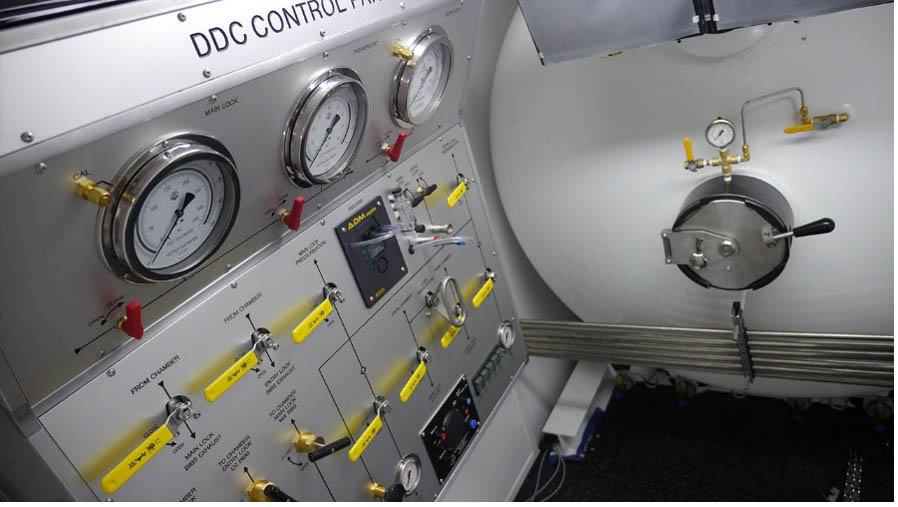Diving into the ocean depths, whether for research, recreation, or commercial purposes, is an extraordinary experience, but it comes with significant physiological risks. One of the most critical challenges faced by deep-sea divers is managing the effects of decompression sickness (DCS), also known as “the bends.” Decompression chambers play a vital role in preventing and treating this condition. In this article, we will explore how these chambers aid in diver recompression, the science behind them, and why they are an indispensable tool for divers.
Understanding Decompression Sickness
As divers descend into deeper waters, the surrounding pressure increases, causing their bodies to absorb more nitrogen from the air they breathe. This nitrogen dissolves into their blood and tissues without issue while they stay at depth. However, when a diver begins to ascend, the pressure drops, and the nitrogen needs to leave the body gradually. If the ascent is too rapid, nitrogen forms bubbles in the bloodstream and tissues, leading to decompression sickness.
DCS can range from mild symptoms like joint pain and fatigue to severe complications like paralysis or even death. The best way to avoid DCS is by ascending slowly, giving the nitrogen time to safely exit the body. But when things go wrong or in emergencies, decompression chambers are the diver’s lifesaver.
How Decompression Chambers Work
A decompression chamber is a pressurised, sealed environment where the pressure can be increased to simulate deep-sea conditions. These chambers are crucial in allowing a diver’s body to gradually expel excess nitrogen by recreating the underwater pressure they experienced during their dive.
The Recompression Process
Recompression Therapy: When a diver shows signs of DCS, they are placed in a decompression chamber. The chamber’s pressure is raised to simulate the depth the diver was last adjusted to, forcing nitrogen bubbles back into solution.
Controlled Decompression: After recompression, the chamber’s pressure is slowly reduced, mimicking a safe ascent. This controlled release of pressure allows nitrogen to leave the body gradually, lowering the risk of further bubble formation and alleviating symptoms.
Oxygen Therapy: Often, divers are given pure oxygen inside the chamber to speed up nitrogen elimination from the body. This hyperbaric oxygen therapy (HBOT) not only aids decompression but also helps heal tissues damaged by nitrogen bubbles.
The Critical Role of Decompression Chambers in Diving Safety
Decompression chambers are a key part of modern diving safety protocols. Not only are they essential in emergencies, but they are also used for planned decompression during extended deep dives. In operations like saturation diving, where divers work at great depths for long periods, decompression chambers allow for a slow, safe return to surface pressure at the end of their shifts, preventing repeated exposure to DCS.
These chambers aren’t just used by recreational and commercial divers—they’re also crucial for military personnel, underwater construction workers, and researchers who spend considerable time at depth.
SMP: Leading the Way in Commercial Diving Equipment
One company at the forefront of developing commercial diving equipment, including decompression chambers, is Submarine Manufacturing and Products Ltd (SMP). Since its founding in 1985, SMP has earned a reputation as a leading subsea specialist, supplying high-quality, advanced equipment to support professional divers around the world. Their range of products includes hyperbaric chambers, saturation systems, and life support equipment, all designed to meet the rigorous demands of deep-sea diving. Thanks to their experience and innovation, SMP has become a trusted name in diver safety.
Conclusion
Decompression chambers are vital for protecting divers from the life-threatening risks of decompression sickness. These hyperbaric environments allow for the careful regulation of pressure, ensuring divers can safely eliminate nitrogen from their bodies. As we push the boundaries of underwater exploration, decompression chambers remain an essential part of dive medicine, safeguarding divers in both emergency situations and planned operations. They are, quite simply, a cornerstone of diving safety.









